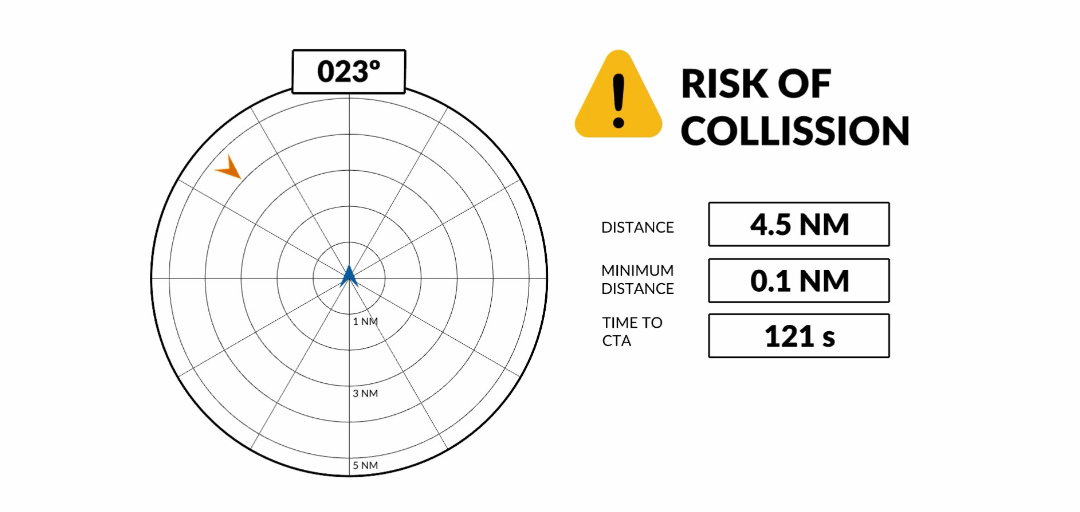Video: How collision alert system of Certiflight works for aircraft pilots
May 19, 2025
Certiflight is a European project focused on enhancing airspace management and ensuring the safe integration of Unmanned Aerial Systems (UAS) into controlled airspace. As drones and other unmanned aircraft become increasingly prevalent across industries – from agriculture to logistics – it is essential to have a robust traffic management system that ensures the safety of both flights and the public.
The main objective of Certiflight is to develop solutions that support the safe and efficient operation of UAS within European airspace, particularly for Beyond Visual Line of Sight (BVLOS) missions.
Within this framework, one of the key technologies of Certiflight is the UTM Box, a vital device that acts as the “brain” of airspace management for drones. Its primary function is to ensure the safe and efficient integration of drones by incorporating advanced technologies such as authenticated GNSS tracking, blockchain-based data integrity, and conflict resolution services.
For general aviation pilots, the system provides real-time data to detect potential mid-air conflicts and recommends the most effective avoidance strategies, thereby reducing risks and enhancing flight safety.
The UTM Box not only allows drone operators and general aviation pilots to maintain control of their flights safely, but also enables multiple aircraft to operate within the same airspace while complying with separation requirements and avoiding incidents.
Conflict Visualisation and Management – What Information Does the General Aviation Pilot Receive?
The pilot alert interface for general aviation is simple, clear, and direct, displayed on an onboard screen. The goal is to ensure that pilots receive and process information quickly in order to respond promptly to any potential issues.
Based on feedback from aviation experts we have adapted the preliminary design of the user interface, with the aim of adapting the system to the operational needs of light aircraft pilots. The proposed enhancements offer a clear visual representation of nearby traffic and alert status in real time, enhancing situational awareness in a straightforward and non-intrusive way.
The Certiflight interface features a radar-style display that shows nearby air traffic. It is aligned with the current heading of the aircraft. The aircraft’s status is clearly indicated using icons and text, and depending on the situation, relevant data is shown in the information panel.
There are four possible scenarios:
1. No threats detected
This is the optimal situation in which no conflict is anticipated. The system displays real-time data on ground speed and heading, confirming that the operation is safe.
2. Risk of collision
Certiflight detects nearby traffic and shows its relative position on the radar display. The system continuously calculates whether the predicted minimum separation distance between the aircraft with the Certiflight system and the detected traffic falls below the defined safety threshold. If so, a warning is triggered to prompt the pilot to take precautionary action.
3. Evasion procedure
Once alerted, the Certiflight system generates a detailed response and calculates the optimal evasive manoeuvre. The pilot receives clear instructions on how to execute the action, temporarily removing distractions in the user interface to focus on the proposed manoeuvre.
4. Collision prevented
After the evasion procedure is completed, the system confirms that the threat has been neutralised, and the aircraft is no longer in danger. The system continuously verifies that the conflict has been resolved, even if any of the involved aircraft changes its course, confirming that the separation between aircraft meets the required safety margin.
5. No threat confirmed
After the aircraft reach the closest point of approach, the threat is effectively eliminated. The system provides confirmation by returning to the nearby traffic with no conflict state.
Towards Safer Airspace Integration
The technology of Cetiflight has been developed to support the safe integration of aircraft – both manned and unmanned – into shared airspace. Throughout the development process, the project team has collaborated with aviation experts, particularly from the general aviation community, to present the solution and gather feedback. This collaboration has directly informed the design of the user interface and other key system features.
The result is a tailored, user-friendly product that could play a pivotal role in enhancing airspace safety across Europe.

